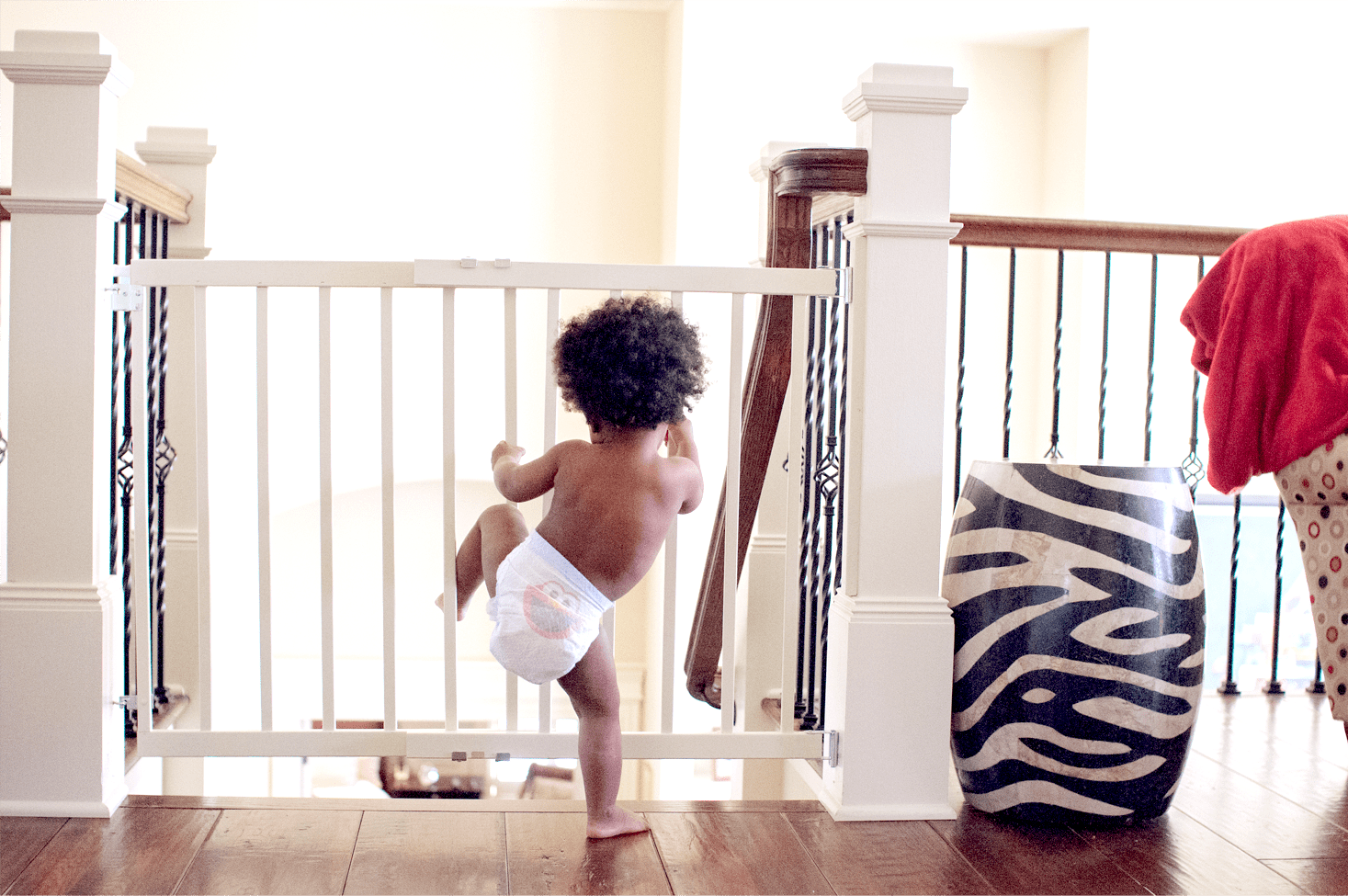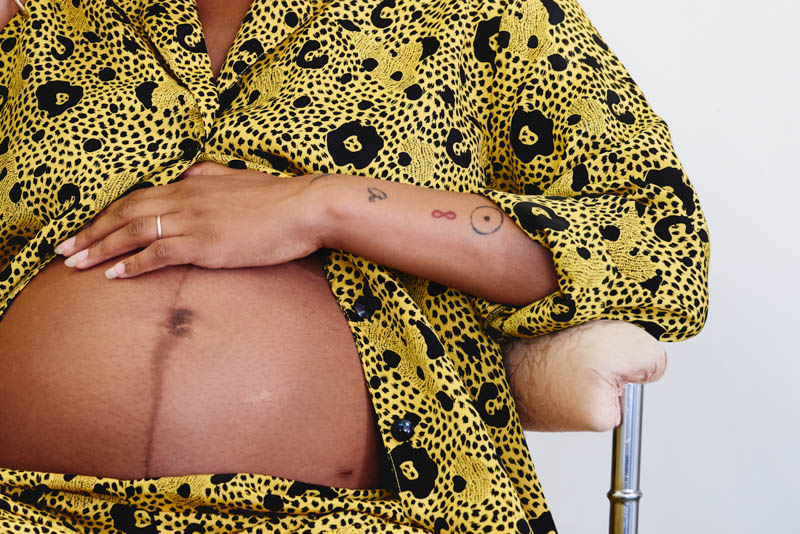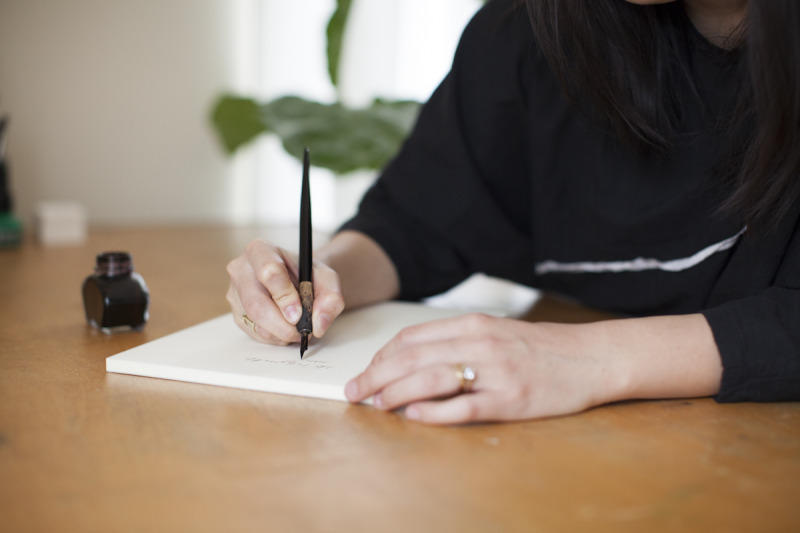
Parenting Advice
Babyproofing Checklist
Written by Mindy White
Photography by Photo via Dad For Beginners
Feb 4, 2015
Childproofing your home is an important step to take when prepping for baby. Little ones start to scoot around as early as 6 months, and that time goes by quickly. Before you know it, your kiddo is crawling about, curiously opening, touching, and exploring things that can be hazardous. Save yourself the time and stress of having to chase him or her around all day, and have your home prepped and ready in advance. We’ve made a thorough checklist of recommended babyproofing suggestions that will help you prepare.
In the kitchen
- Put a lock or strong latch on all cabinet doors, appliances, shelves, and drawers to keep all pots, pans, utensils, and cleaning products out of reach.
- Keep trash and recycling bins in blocked off areas such as a locked pantry, garage, or floor cabinet.
- Keep appliances like toasters, coffee makers, etc. unplugged and out of reach.
- Babies love to pull on things, so get rid of the tablecloths and placemats for now.
- Add covers to oven knobs, dishwashers, and anything electronic to keep baby from turning them on. You can also install a stove guard to prevent burns.
- Keep pet food and water in blocked-off areas that only you and your pet have access to.
In the bathroom
- Use a non-slip mat inside and outside of the tub to prevent baby from falling on a hard surface.
- Install a toilet lock to make sure little fingers don’t get smashed and don’t risk drowning.
- Keep all medicines and cleaning products out of reach, high up on a shelf, or install a lock on medicine/bathroom cabinets.
- Install a spout cover to protect baby from hurting his head on the bath tub water spout.
- Always test the bathwater with your elbow or wrist to ensure it’s safe for your baby’s sensitive skin. You can even invest in a bath tub thermometer to make sure the temperature is just right.
Living room + bedrooms
- Use safety gates, door locks, and knob covers to block off any unsafe areas, like rooms with breakables, sharp-cornered furniture, staircases, and other potentially dangerous items.
- Use outlet covers on unused outlets. Safety plugs are no longer recommended, as they are a choking hazard.
- Tie up any dangling cords on blinds, lamps, electronics.
- Attach soft corner and edge guards to furniture in all rooms.
- Secure top-heavy furniture and decor with anti-tip furniture straps to keep them from falling over.
- Replace unsteady lamps with topple-proof floor lamps.
- Use window guards and locks to keep your little one from opening.
- Block staircase rails or any spaces wider than 4 inches with plexiglass to protect kids from falling or getting stuck.
- Get rid of any toxic or spikey plants, such as cacti, to prevent pricks and poisoning. Move all regular house plants to an out-of-reach spot.
- Install a protection gate in front of a fireplace, and refrain from lighting it up when your little one is around. Babies love bright things, and can get curious about fire.
Changing table + high chairs
- Opt for a new, certified high chair. It’s sweet of a friend or relative to pass one down, but you need to be sure that yours is study, comfortable, and completely safe for your baby.
- Always use safety straps, no matter how long your baby will be using the high chair or changing table.
In the nursery
- Make sure your baby’s crib slats are 2 3/8 inches or less apart. Also, drop side cribs are no longer recommended.
- Keep any toy chests lidless or secure them to always stay open to refrain from the lid crashing down.
- Keep all mobiles high up and completely out of reach, and remove any extra toys, blankets, or pillows from the crib overnight.
Of course, the above suggestions are just that—suggestions. You as a parent will ultimately know what is needed in your home to keep baby safe. It’s important to continue assessing and reevaluating what needs to be childproofed in your home every couple of months, as baby grows.
Share this story




